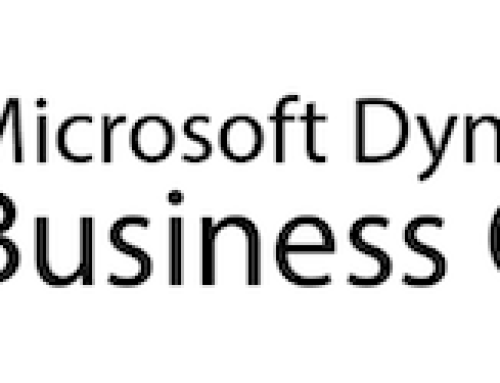When is a customer not a customer and an employee not an employee? When a customer and an employee are also a vendor.
Here’s a scenario: You have a long-standing relationship with a vendor. They live in your ERP software in the “vendor” master file. Then you hold a marketing event, and that vendor wants to be a sponsor. He just became a customer also.
In most ERP systems, the same company could have two (or more) different account numbers and master files: one as a customer, another as a vendor.
But wait, isn’t that just leaving the door open for errors, different address information and confusion? If you update information in one record you need to make sure to update it in all records.
Setting up your employees/users makes sense. But why should you have to set them up again as vendor in order to payout employee expenses?
I had done it this way for so long I had gotten used it to. That is why I had a true “ah ha” moment when we started using Acumatica Cloud ERP.
What is a Business Account?
Acumatica takes the concept of a vendor file, a vendor master, a customer master, and employees, and brings them together in a term they call “Business Account.” All Business Accounts reside in just one database. Then you’ve got a single contacts file, but that contact can be attached to a customer, it can be attached to a vendor. It can be attached to a prospect. Why? They are all seen as “business accounts.” There’s just one place to go to get the information you need about an entity, no matter your relationship with them. Think of how much duplicate entry that can avoid!
In Acumatica you can go into the vendor record and tell the system, “I want to convert/flag this vendor to also be a customer.” And there are options in various facets of the system where you can enable these business accounts to be valid in different areas, but they’re still in only one place in Acumatica. Not in 3 or more places like they are in almost every other system.
Here is another scenario. The same contact might be used in several different accounts! For example, you have a sales rep at your main vendor whom you always call to place orders. It just so happens that he started a car wash business on the side, and he’s the one you call to have your fleet washed every week. And he also happens to be chairman of a local charity organization that your company donates to. In Acumatica, you update his details once, and they’re accurate across all accounts!
Another revealing moment came when I was setting up the system, and I’d already entered the employees in the system, but I had not imported vendors yet. I thought, “what if I have to pay out employee expenses? I’ll have to create vendor accounts.” Guess what? Employees too are business accounts. And they show up as vendors! So if you’re in there doing a voucher employees are already there.
I personally think it’s pretty amazing. It pulls everything together to just one single version of the truth. Less work to maintain, more accurate data, and more complete reporting – what could be better?
Do you want to hear more about what I learned when we moved to Acumatica? Check out our story in the blog post Moving From Dynamics GP to Acumatica: Our Journey To a Single Version of the Truth and the related infographic that documents our journey, with all the detours along the way.
Then contact us at Sales@calszone.com or 860-485-0910 x4 to find out how we can help guide your business to One Version of the Truth.
By George Mackiewicz, CAL Business Solutions, Microsoft Dynamics GP and Acumatica partner, www.calszone.com












